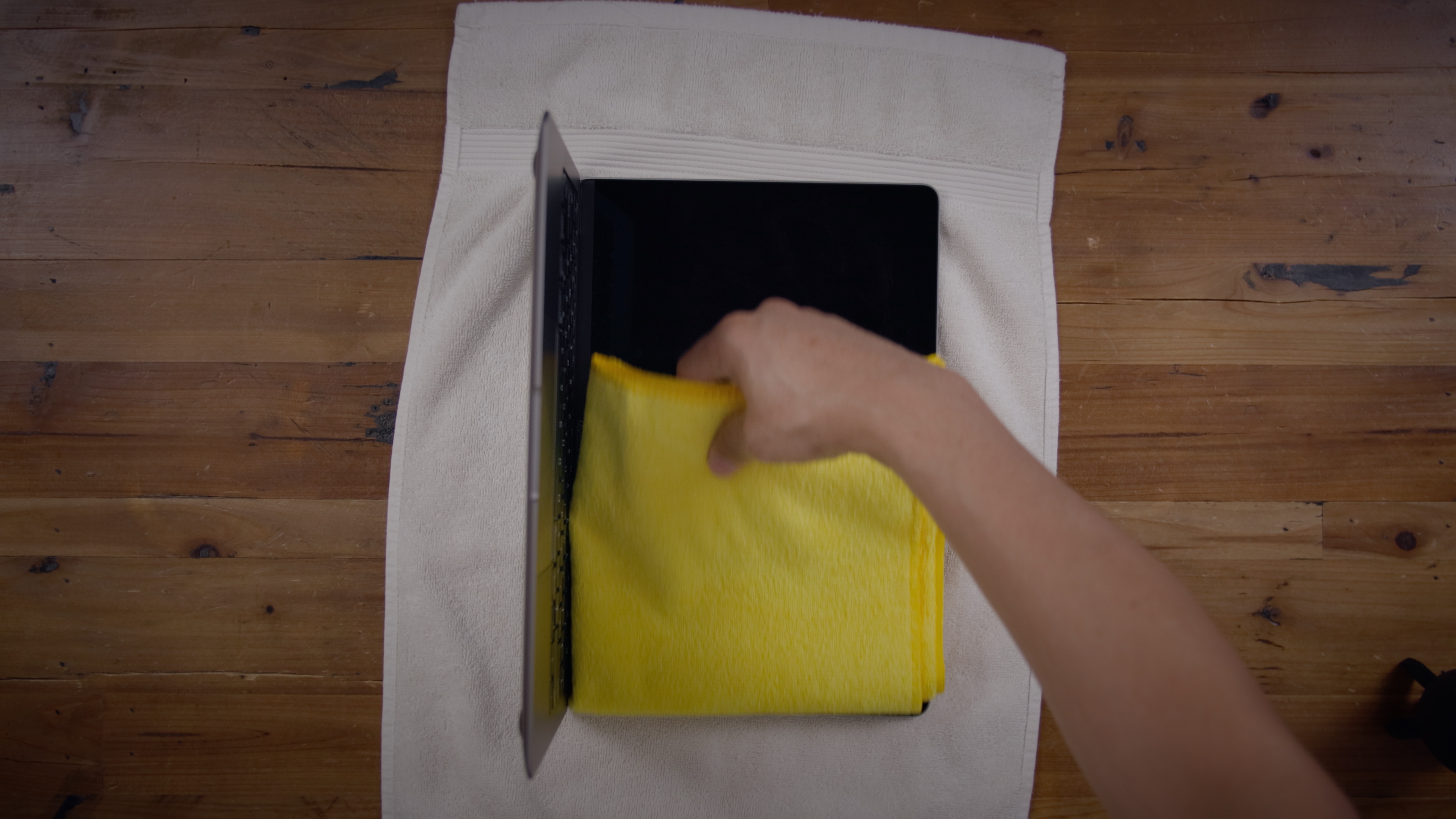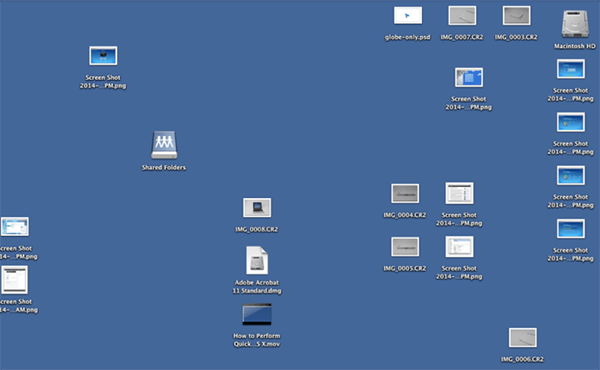
Step 3b: Place two fingers on your touchpad

Step 1b: On your Mac keyboard, look for the “Control” key Step 4a: Scroll “up” and “down” with your fingers on both the wheel and control key at the same time. Step 3a: Place your other hand on your mouse wheel Step 1a: On your Mac keyboard, look for the “Control” key However, if you do not, have an external mouse, there is still a way around this. This is a simple action to perform if you are making use of an external mouse and keyboard. Using any of the methods explained below should help you restore the screen of your Mac PC back to its original state. If you want to shrink your screen back to its normal size, it is a pretyy straightforward process.
Option 4: Change The Size Of Desktop Icons and Text. These solutions often prove to be inconclusive and unsuitable, or even totally problematic because they cause irreversible damage to your Macbook Retina screen. This campaign having come to an end, many users found themselves on their own to find a solution.Īs we can see on several Tutorials or Blogs: Some use cleaning wipes or Mouthwash product to erase the Anti-Reflective Coating.  MacBook Pro (Retina, 15 inch, Mid 2012),ĥ- What are the solutions ? # Staingate Macbook Pro SolutionĪpple launched a warranty extension campaign to deal with this Staingate problem from 2015. Macbook Pro (Retina, 13 inch, Late 2012),.
MacBook Pro (Retina, 15 inch, Mid 2012),ĥ- What are the solutions ? # Staingate Macbook Pro SolutionĪpple launched a warranty extension campaign to deal with this Staingate problem from 2015. Macbook Pro (Retina, 13 inch, Late 2012),. 
4- Which models are affected by Staingate? The Staingate therefore greatly impacts the performance of your Macbook Retina screen. The tasks greatly reduce the quality of resolution, thus making its use less than optimal, or even disturbing for some people. Your screen seems permanently dirty and scratched despite your multiple attempts to clean it. Over time, these Staingate stains form a kind of thick veil on your screen.
 The use of products that are too aggressive such as cleaning wipes or alcohol-based household products, for cleaning the Macbook screen.ģ- What are the consequences of Staingate:. In contact with the keyboard against the Anti-Reflective Coating when the screen is in the closed position. These Staingate stains generally start appearing after a few months of use. Staingate usually starts out in the center of the screen and then gradually expands to the rest of your Macbook's screen surface. Staingate, or delamination, is the appearance of stains on the screen of your Macbook Pro Retina caused by the wear and degradation of the Anti Glare Coating.
The use of products that are too aggressive such as cleaning wipes or alcohol-based household products, for cleaning the Macbook screen.ģ- What are the consequences of Staingate:. In contact with the keyboard against the Anti-Reflective Coating when the screen is in the closed position. These Staingate stains generally start appearing after a few months of use. Staingate usually starts out in the center of the screen and then gradually expands to the rest of your Macbook's screen surface. Staingate, or delamination, is the appearance of stains on the screen of your Macbook Pro Retina caused by the wear and degradation of the Anti Glare Coating.








 0 kommentar(er)
0 kommentar(er)
